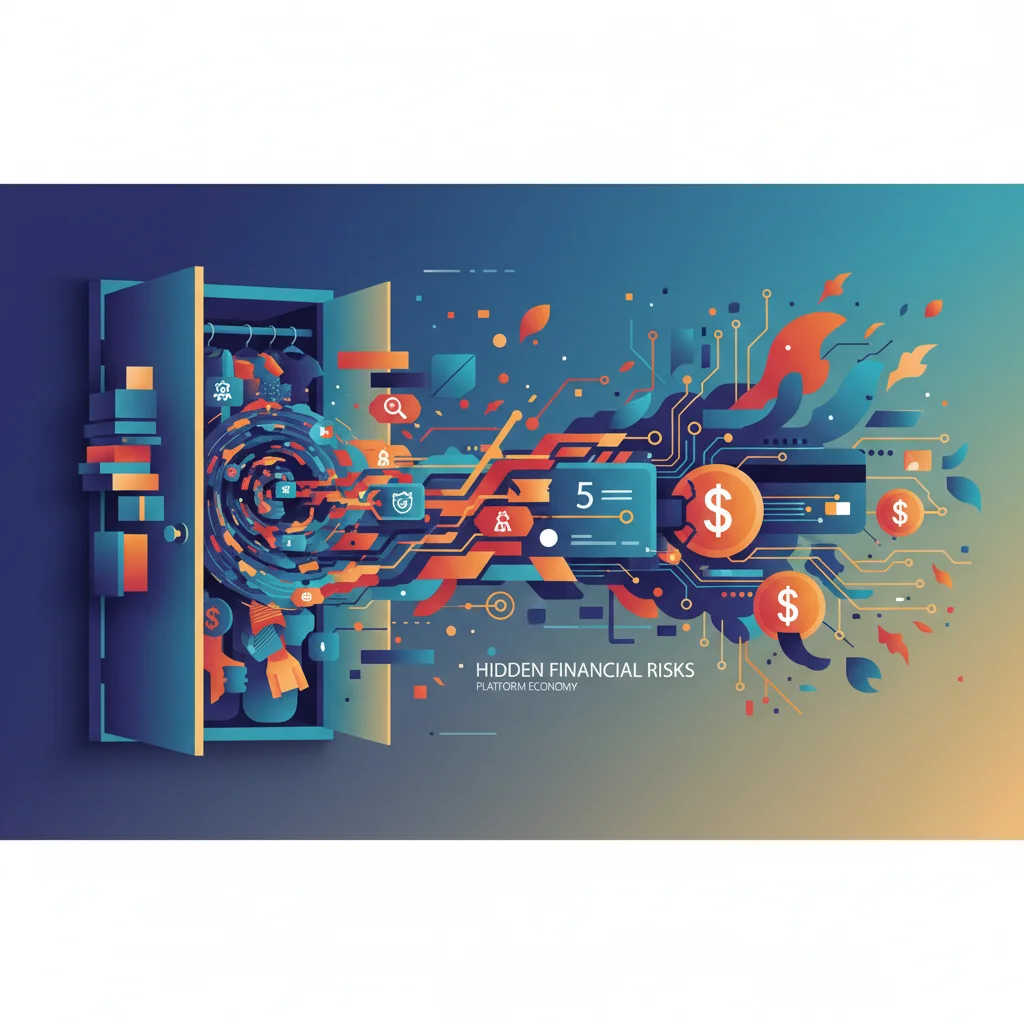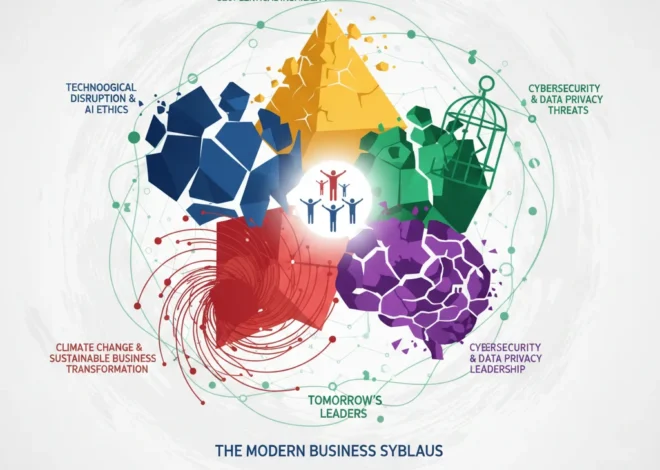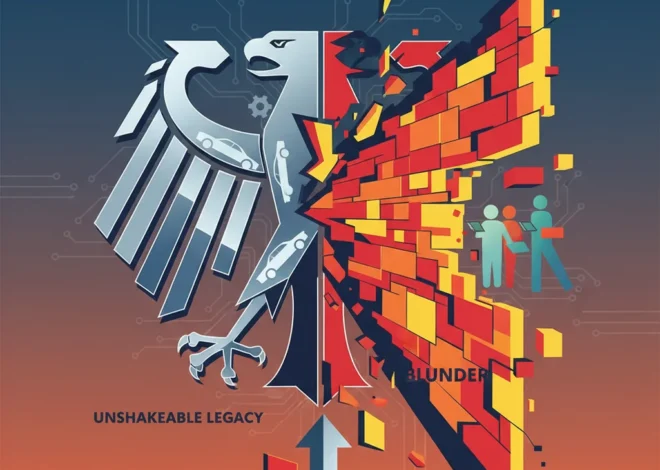
Beyond the Closet: Vinted’s Content Crisis and the Hidden Financial Risks of the Platform Economy
In the bustling world of high-growth technology startups, Vinted has long been a celebrated protagonist. The Lithuanian-born platform, a champion of the circular economy, transformed the second-hand clothing market into a sleek, peer-to-peer digital experience. With a valuation soaring into the billions and a user base in the tens of millions, it represents a modern success story in sustainable commerce. However, a recent investigation in France has cast a shadow over this narrative, revealing a critical vulnerability that extends far beyond fashion. The platform is now under scrutiny for allegedly being used by some sellers to lure users to adult content sites like OnlyFans, a development first reported by the BBC.
This isn’t just a public relations hiccup; it’s a stark case study for the entire tech and investment community. It exposes the complex, often unseen operational and financial risks inherent in the platform economy. For investors, finance professionals, and business leaders, the Vinted situation is a critical lesson in looking beyond user growth and revenue projections. It forces a more profound examination of corporate governance, regulatory exposure, and the immense, often underestimated, cost of maintaining a safe digital environment. This single issue touches upon the core tenets of modern investing, the intricacies of financial technology, and the evolving landscape of corporate responsibility in the digital age.
The Architecture of a Fintech-Adjacent Unicorn
To understand the gravity of the current situation, one must first appreciate Vinted’s sophisticated business model. At its heart, Vinted is more than just a marketplace; it’s a massive fintech engine facilitating millions of consumer-to-consumer (C2C) transactions. The platform’s success is built on a low-friction model that includes integrated payments, buyer protection services, and a seamless shipping infrastructure. This robust system has been a key driver of its explosive growth, culminating in a €3.5 billion ($4.5 billion) valuation in its 2021 funding round.
For the investing community, Vinted represented the perfect convergence of powerful trends: the sustainability movement, the gig economy, and scalable platform technology. It tapped into a global resale market that is projected to nearly double by 2027, reaching an estimated $350 billion, according to ThredUp’s 2023 Resale Report. By positioning itself as a key player in this space, Vinted became a prime candidate for a future blockbuster IPO, a prospect that keeps it firmly on the radar of the public stock market and trading communities.
However, the very features that make the platform so attractive—its scale, ease of use, and open C2C communication—are the same ones that create vulnerabilities. When a platform processes millions of listings and messages daily, the challenge of policing content becomes monumental. This is the operational paradox at the core of the investigation Vinted now faces.
The Collision of Economies: When Resale Meets the Creator Economy
The issue at hand is a fascinating, if problematic, example of platform bleed-through. It represents a collision between two distinct but powerful digital economies: the circular economy championed by Vinted and the creator economy epitomized by platforms like OnlyFans. Some users, operating as entrepreneurs in the creator space, have allegedly co-opted Vinted’s marketplace not to sell clothes, but to sell a pathway to their primary business on adult platforms. This misuse transforms a fashion marketplace into an unwitting lead-generation tool for an entirely different, and far more controversial, industry.
This raises immediate and severe concerns:
- Brand Safety and Trust: Vinted’s brand is built on community, trust, and sustainability. The association with pornographic content, however indirect, is profoundly damaging and erodes user confidence.
- Regulatory Scrutiny: The French investigation is likely just the beginning. Under regulations like the EU’s Digital Services Act (DSA), platforms have a greater responsibility to tackle illegal content and protect users. Failure to do so can result in staggering fines of up to 6% of global turnover, a figure that would have devastating financial consequences.
- Demographic Risk: Vinted has a significant user base of young adults and teenagers. The potential for minors to be exposed to or targeted by such content creates a massive liability and a moral imperative for swift action.
The Hidden Costs: A Balance Sheet Nightmare
For finance professionals, the most critical takeaway is how quickly a content moderation issue can morph into a significant financial liability. The costs are not trivial and manifest in several key areas of the business.
Below is a breakdown of the types of platform risks that investors must now scrutinize more closely, using the Vinted case as a framework.
| Risk Category | Description | Example from the Vinted Case | Investor Due Diligence Point |
|---|---|---|---|
| Operational Risk | The direct costs associated with managing and policing the platform. This includes technology and human capital. | Need for massive investment in AI-powered image/text recognition and a significant expansion of human moderation teams to detect illicit marketing. | What percentage of operating budget is dedicated to Trust & Safety? What is the team’s headcount growth? |
| Regulatory Risk | The financial penalties, sanctions, or operational restrictions imposed by governmental bodies for non-compliance. | Potential fines under the EU’s DSA; potential for French regulators to impose operational constraints or mandate costly compliance measures. | Does the company have a proactive government relations team and a clear DSA compliance strategy? |
| Reputational Risk | Damage to the brand’s public image, leading to user churn, loss of partnerships, and difficulty attracting talent. | Negative press coverage associating the family-friendly resale brand with the adult entertainment industry. | How does the company monitor brand sentiment? What is its crisis communication plan? |
| Financial Risk | The impact on valuation, access to capital, and future profitability. This includes direct fines and indirect costs from other risks. | A potential devaluation in future funding rounds or a delayed/discounted IPO on the stock market due to perceived instability and governance failures. | Are risk factors related to content moderation clearly articulated in investor reports and SEC filings (if applicable)? |
These risks are interconnected. A failure in operational controls leads to regulatory scrutiny, which triggers reputational damage, ultimately culminating in direct financial harm. This domino effect is what makes platform governance such a high-stakes component of modern investing.
From Napkin Sketch to Market Dominance: The Financial Trajectory of EasyJet at 30
The Investor’s New Mandate: Due Diligence Beyond the Pitch Deck
The Vinted investigation should serve as a wake-up call for the investment community. The era of valuing tech companies on user growth and total addressable market alone, while ignoring the messy realities of platform management, is over. A new, more sophisticated level of due diligence is required.
Investors must now ask tough questions that go far beyond the balance sheet:
- What is the budget and authority of the Trust & Safety team? Is it a well-funded, empowered department or a token cost center?
- What is the technological roadmap for content moderation? Are they investing in cutting-edge AI, or are they perpetually behind the curve?
- How transparent is the company about its content policy enforcement? Do they release regular transparency reports?
- What is the board-level oversight for these risks? Is there a dedicated committee focused on platform safety and ethics?
These are no longer “soft” ESG questions; they are fundamental to assessing the long-term viability and defensibility of a platform’s business model. A company that cannot control its own digital borders is a company with a flawed product, and a flawed product is a poor long-term investment. While some might speculate about decentralized solutions using blockchain to manage identity and content, the reality for centralized platforms like Vinted is a continued and costly arms race against misuse.
The Path Forward: From Crisis to Catalyst
For Vinted, this moment of crisis can also be a catalyst for change. The path forward requires a decisive and transparent response. This includes not only cooperating fully with the French authorities but also publicly recommitting to platform safety through tangible actions. This means investing heavily in moderation technology, being more transparent about the challenges they face, and empowering users with better tools to report and block inappropriate content.
Ultimately, the Vinted story is not an isolated incident. It is a reflection of a maturing digital economy where growth at all costs is being replaced by a demand for sustainable, responsible growth. For every business leader building a platform and every investor funding one, the lesson is clear: the most dangerous threats to your bottom line may not come from competitors, but from the unintended consequences of your own success. Building and maintaining a clean, safe, and trustworthy platform is not just a feature—it is the very foundation of long-term financial value in the 21st century.


